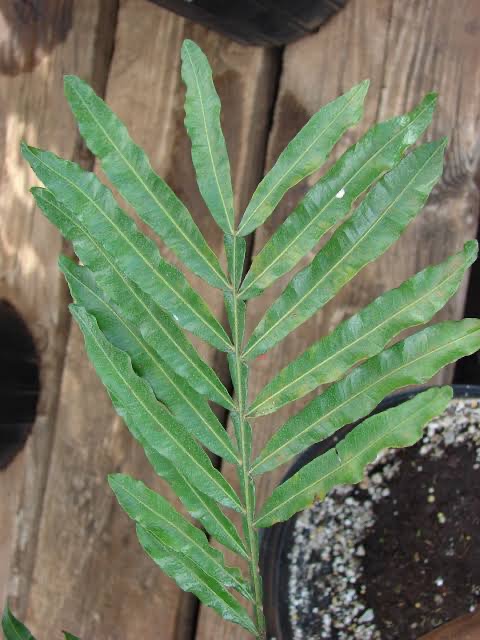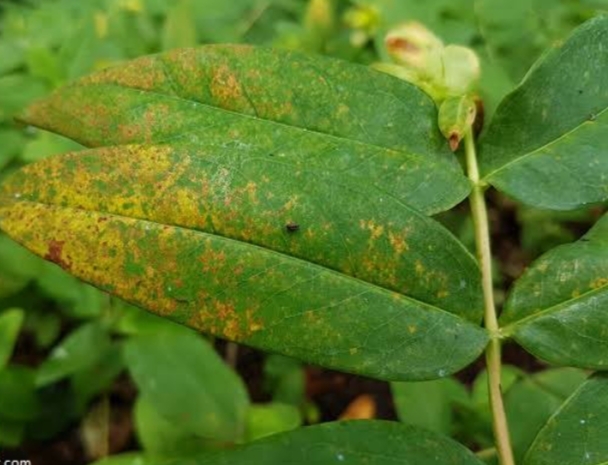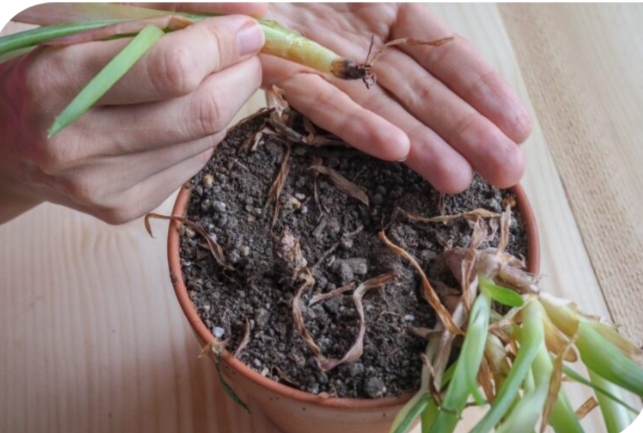Filicium Plant
Filicium, a specific plant, may have varying care requirements. Generally, provide well-draining soil, appropriate sunlight, and regular watering. Pruning and fertilizing practices may vary based on the specific characteristics of this plant.
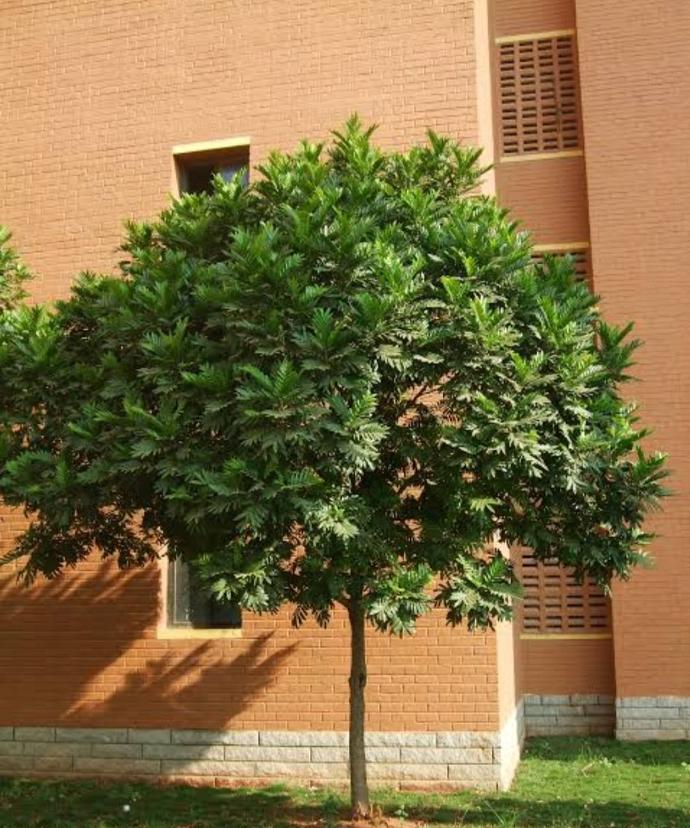
Habit
Tree
Height
1-2 m
Growth
Fast
Soil
Well-drained, loamy soil
Shade
Full Sun
Moisture
Moist
Edible
Yes [Fruit]
Medicinal
Yes
Origin
Tropical Asia
Climatic Condition
Tropical
Temperature (°)
20-30°C
Humidity (%)
70-90%
Potting media
Peat-based mix
Fertilizers
Organic compost
Watering
Prefers moist, shaded locations
Plant Weight
0.5-1 kg
Flowering Time
Spring to Summer
Soil Ph level
5.5 - 6.5
Water Ph level
6.0 - 7.0
Soil EC
0.3 - 0.5
Yield Per Plant
Ornamental use
NPK ratio
10:10:10
life Span
Perennial
Health Benefits
Used for landscaping; ornamental foliage.
Common Diseases and Remedies
Leaf spot, Root rot, Rust
Brown and yellow spots appear on the leaf , leaves get mushy and smelly due to water logging condition
Avoid water logged conditions , Remove the effected part of the plant and destroy .
HEALTH BENEFITS
- Antimicrobial: The tree has antimicrobial properties against bacteria and fungi.
- Anti-inflammatory: The tree has anti-inflammatory properties.
- Digestive aid: The tree may help with indigestion, bloating, and stomach discomfort.
- Fever reduction: The tree may help lower body temperature and alleviate associated symptoms.
- Analgesic: The tree may help relieve pain associated with headaches, toothaches, and muscle aches.
- Anti-diarrheal: The tree may help reduce intestinal inflammation and promote bowel regularity.
What Is A Filicium Plant?
Filicium is a genus of flowering plants in the family Sapindaceae, native to tropical regions of Africa and Asia. The most well-known species in this genus is Filicium decipiens, commonly known as the Fern Tree or Australian Fern Tree.
 What are the different types of filicium plant?
What are the different types of filicium plant?
The genus Filicium includes several species, but the most commonly cultivated and well-known species is Filicium decipiens, also known as the Fern Tree or Australian Fern Tree.
1. Filicium decipiens (Fern Tree):
This species is native to Madagascar but has been introduced to other tropical regions worldwide. The Fern Tree is a small to medium-sized tree, typically reaching heights of 10 to 20 feet (3 to 6 meters). It is valued as an ornamental tree for parks, gardens, and landscapes, where it adds a touch of tropical elegance. Filicium decipiens prefers tropical or subtropical climates with warm temperatures and high humidity. It thrives in well-draining soil and partial to full sun exposure. While Filicium decipiens is the most commonly cultivated species, there may be other lesser-known species within the genus Filicium, primarily native to tropical regions of Africa and Asia. However, their cultivation and availability may be limited compared to Filicium decipiens.

How to care for Filicium plant?
1.Location:
Choose a location for your Filicium plant that provides it with the right balance of sunlight and protection from harsh environmental conditions.
2.Sunshine:
Filicium plants, like Filicium decipiens, thrive in bright, indirect sunlight or partial shade.
3.Soil:
Filicium plants, like Filicium decipiens, thrive in well-draining soil that is rich in organic matter.
4.Hydration:
Hydration is crucial for the health and well-being of Filicium plants, like Filicium decipiens.
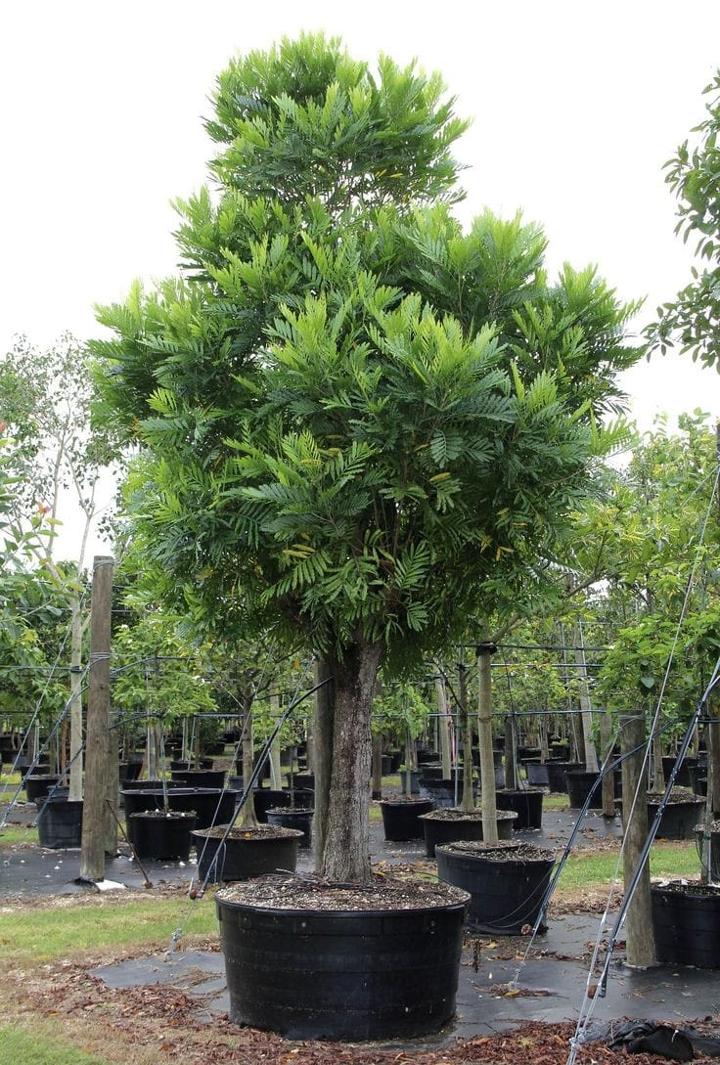 5.Nourishment:
5.Nourishment:
To nourish a Filicium plant, like Filicium decipiens, and promote healthy growth and vibrant foliage, provide it with a balanced fertilizer and occasional organic amendments. Apply a balanced, water-soluble fertilizer to the Filicium plant during the growing season (spring and summer) to provide essential nutrients for healthy growth. Choose a fertilizer with an equal ratio of nitrogen (N), phosphorus (P), and potassium (K), such as a 10-10-10 or 20-20-20 formulation.
6.Issues:
Filicium plants, like Filicium decipiens, are generally resilient, but they can encounter some issues that may affect their health and appearance. Overwatering or poorly-draining soil can lead to root rot, causing the roots to become mushy and blackened. This condition deprives the plant of essential nutrients and water, leading to wilting, yellowing leaves, and eventual death. To prevent root rot, ensure proper drainage and water the plant only when the top inch of soil is dry. Fungal diseases such as leaf spot can cause dark spots or lesions to develop on the leaves of Filicium plants. This can lead to leaf yellowing, wilting, and defoliation if left untreated. To manage leaf spot, remove and destroy affected leaves, improve air circulation around the plant, and avoid overhead watering.
What are the benefits of the filicium plant?
The benefits of Filicium plants, particularly Filicium decipiens, extend beyond their ornamental value. Filicium plants are prized for their graceful, fern-like foliage, which adds a touch of tropical elegance to gardens, parks, and landscapes. Their lush greenery and unique appearance make them popular choices for ornamental planting. Like many houseplants, Filicium plants help improve indoor air quality by removing pollutants and toxins from the air. Their foliage acts as a natural air purifier, filtering out harmful substances and enhancing indoor air freshness. Caring for Filicium plants can have therapeutic benefits, helping to reduce stress and promote relaxation. The act of nurturing and tending to plants has been shown to lower blood pressure, improve mood, and alleviate anxiety.
 FAQS about growing filicium plant
FAQS about growing filicium plant
1.Can Filicium plants be grown indoors, and if so, what care do they require?
Yes, Filicium plants, particularly Filicium decipiens, can be grown indoors with proper care. Place the Filicium plant in a location with bright, indirect sunlight. It can tolerate some direct sunlight, especially in the morning or late afternoon, but avoid intense midday sun that can scorch its foliage. Filicium plants prefer warm temperatures between 65°F to 85°F (18°C to 29°C). Protect them from drafts and sudden temperature fluctuations, as they are sensitive to cold. Maintain moderate to high humidity levels around the Filicium plant, especially in indoor environments with dry air. You can increase humidity by placing the plant on a pebble tray filled with water or using a humidifier.
2.Are there any specific pruning techniques for maintaining the shape of Filicium plants?
While Filicium plants, like Filicium decipiens, generally have a natural and graceful growth habit, occasional pruning may be necessary to maintain their shape and promote healthy growth. Regularly inspect the Filicium plant for dead, damaged, or diseased branches, and prune them back to healthy tissue using clean, sharp pruning shears. Removing dead or diseased branches helps improve air circulation and prevent the spread of disease.Thin out overcrowded or crossing branches to improve the Filicium plant's overall structure and appearance. Identify branches that are growing inward or rubbing against each other, and selectively prune them back to a lateral branch or the main stem.
3.What are the different cultivars or varieties of Filicium plants?
Filicium decipiens, commonly known as the Fern Tree or Australian Fern Tree, is the most well-known species in the Filicium genus, and there are no widely recognized cultivars or varieties of Filicium plants. However, there may be some natural variations in growth habit, leaf color, or other characteristics within the species. Additionally, regional differences or local selections may result in slight variations in appearance or performance. While there may not be distinct cultivars or varieties of Filicium plants, Filicium decipiens remains a popular choice for its ornamental value and unique foliage.
4.Can Filicium plants tolerate drought conditions?
Filicium plants, particularly Filicium decipiens, prefer consistently moist soil and may not tolerate prolonged drought conditions well. While they can withstand short periods of dryness, especially if they are established and have developed a deep root system, extended droughts can stress the plant and lead to leaf wilting, yellowing, and leaf drop. Ensure the plant receives regular watering during dry periods, aiming to keep the soil consistently moist but not waterlogged. Deep watering, where the water reaches the entire root zone, promotes healthy root growth and drought tolerance. Apply a layer of organic mulch, such as bark chips or compost, around the base of the Filicium plant to help retain soil moisture and reduce evaporation. Mulching also helps regulate soil temperature and suppress weeds, further benefiting drought tolerance.
5.How do you incorporate Filicium plants into landscape designs?
Filicium plants, with their graceful foliage and tropical appearance, can be incorporated into landscape designs in various ways to add beauty and interest to outdoor spaces. Showcase a single Filicium plant as a focal point in the landscape, placing it in a prominent location where its unique foliage can be admired. Plant it as a standalone specimen in a garden bed or container, surrounded by complementary plants or decorative elements. Create groupings of Filicium plants to create visual impact and add lushness to garden beds or borders. Plant them in clusters or drifts, varying the heights and spacing to create depth and dimension in the landscape. Understory Planting: Use Filicium plants as understory plants beneath taller trees or larger shrubs, where they can benefit from filtered sunlight and add texture to shaded areas. Their fern-like foliage contrasts beautifully with larger foliage plants and provides a lush, tropical backdrop.
